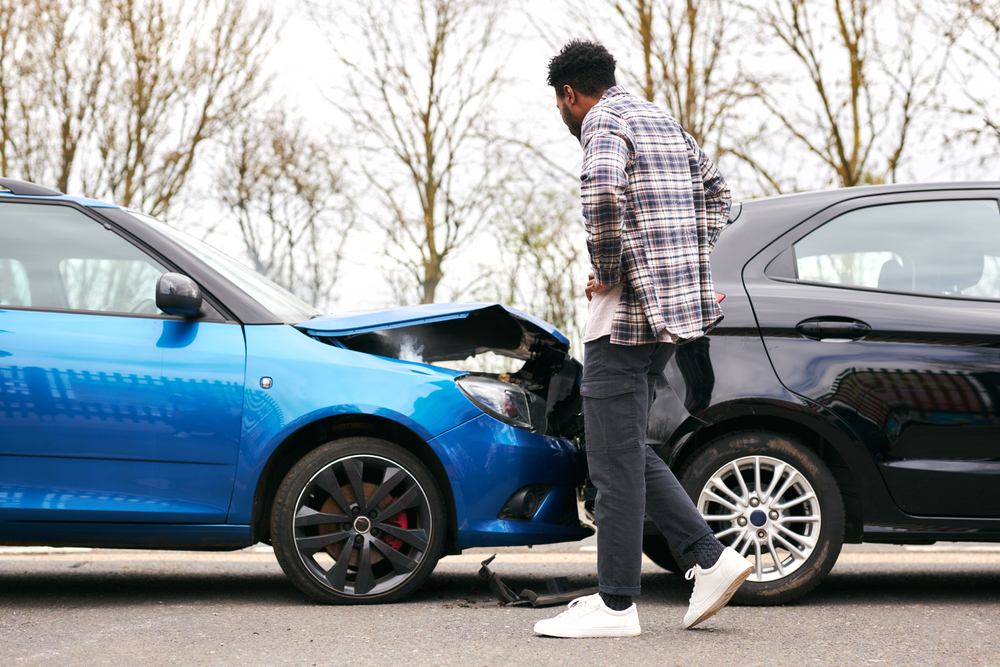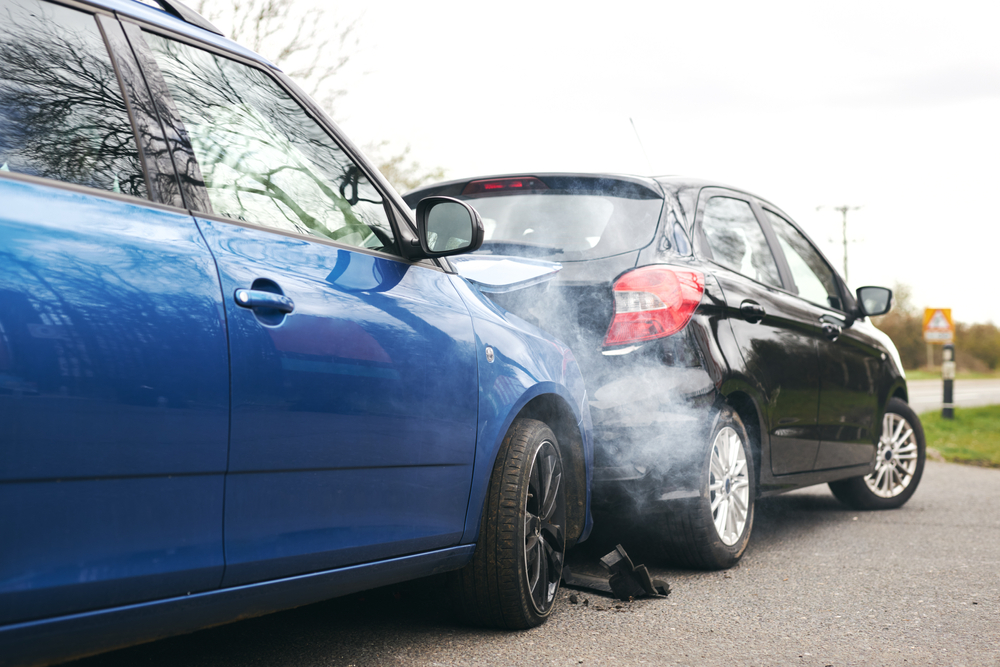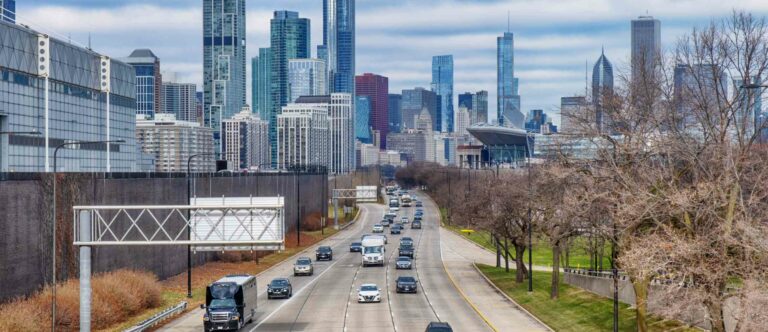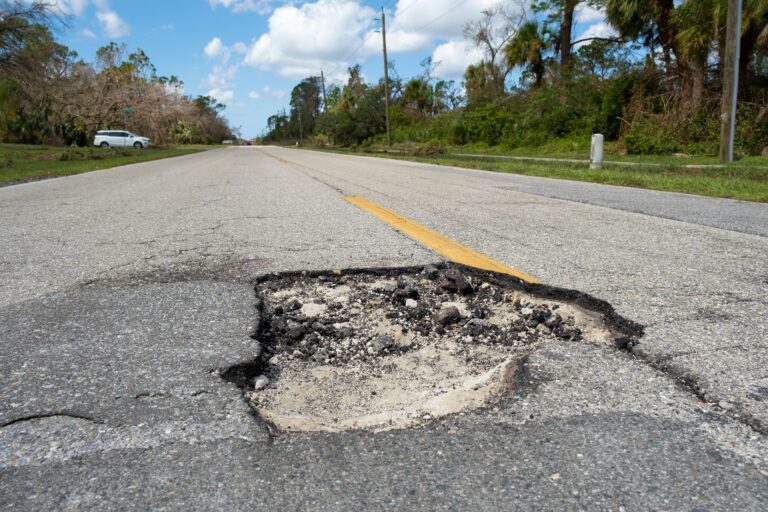Car accidents suck. Rear-end collisions, especially, seem straightforward, almost routine in their awfulness. You’re stopped, someone hits you from behind. Simple, right? Their fault, their problem. Mostly, yes. But like most things that seem simple, the reality of who actually pays when metal meets metal gets messy fast. Don’t assume anything.
If a rear-end collision messed up your car, your day, or maybe even your health, figuring out car accident lawyer the next steps starts now.
For straightforward advice tailored to your situation in Illinois, give Walner Law a call at (312) 410-8496.
The Default Setting: Why the Rear Driver Usually Pays
Let’s get this common assumption out of the way. In most rear-end crashes in Illinois, the driver who hit the car in front is presumed to be negligent. Why? Because drivers have a duty to maintain a safe following distance and keep their vehicle under control. Smacking into the car ahead generally means you failed at one or both of those things.
It’s what lawyers call prima facie evidence of negligence. That’s Latin for “at first sight.” Meaning, on the face of it, hitting someone from behind points the finger squarely at the trailing driver. You’re expected to see what’s ahead, anticipate stops, and leave enough room to react. If you rear-end someone, the immediate conclusion is you probably weren’t paying enough attention or were following too closely (tailgating).
Think about it:
- Traffic slows down.
- A light turns red.
- A car signals and turns.
- A pedestrian steps out.
These are normal driving situations. As the driver behind, you’re expected to be ready for them. Failing to stop in time suggests you weren’t fulfilling your basic driving duties. So, yes, the initial assumption puts the financial responsibility on the shoulders of the driver in the back. But hold on, because “usually” doesn’t mean “always.”
Plot Twist: When the Driver in Front Isn’t So Innocent

Life loves curveballs, and car accident liability is no exception. That neat little presumption about the rear driver being at fault? It can be challenged. There are situations where the driver of the front car did something unexpected, erratic, or downright illegal that caused the trailing driver to hit them, even if that trailing driver was trying to be careful.
So, when might the person who got hit share some (or all) of the blame?
- Brake Checking: If the front driver intentionally slams on their brakes for no reason, trying to tick off or scare the driver behind, they’ve created a hazard. Proving this happened isn’t always easy, but if you can, it shifts the fault.
- Sudden, Unsignaled Lane Changes: Cutting someone off without warning leaves them no time to react or adjust speed. If someone darts into your lane right in front of you and you hit them, their unsafe maneuver is a major factor.
- Broken or Malfunctioning Brake Lights: How can you know someone is stopping if their brake lights aren’t working? While you still need to maintain a safe distance, non-functioning safety equipment on the car ahead contributes to the collision.
- Reversing Unexpectedly: If a driver suddenly throws their car into reverse in a travel lane or parking lot, causing you to hit them, they are likely at fault.
- Pulling Out Unsafely: A driver merging onto a road or pulling out from a parking spot must yield to oncoming traffic. If they pull out directly in front of you, giving you no reasonable chance to stop, they share or bear the fault.
- Stopping Abruptly and Illegally: Stopping in the middle of a travel lane for no legitimate reason (like dropping someone off where stopping is prohibited) creates an unexpected obstacle.
Illinois and the Blame Game: Modified Comparative Fault
This brings us to how Illinois legally handles shared fault. Illinois uses a system called modified comparative fault. Here’s the breakdown in plain English, according to 735 ILCS 5/2-1116:
- Fault is Assigned a Percentage: After an accident, the actions of everyone involved are examined. Fault gets assigned as a percentage. Maybe you were following a bit too closely (10% fault), but the other driver brake-checked you (90% fault).
- Compensation is Reduced by Your Fault Percentage: If you are found partially at fault, the compensation you can recover is reduced by that percentage. Using the example above, if you had $10,000 in damages, you could only recover $9,000 (your $10,000 minus your 10% fault).
- The 50% Bar Rule: Here’s the big one. If you are found to be more than 50% at fault for the accident, you cannot recover any compensation for your damages from the other party in Illinois.
This rule makes establishing the exact sequence of events and proving the other driver’s negligence absolutely necessary, especially if you were the trailing driver. Even if you feel the other driver was mostly responsible, if an insurance company or court decides you were 51% at fault, you get nothing from them.
Fault Isn’t Assumed, It’s Proven: Gathering the Goods
The big question shifts from “who is supposed to pay?” to “how do you prove who should pay?” Because assumptions won’t get your medical bills paid or your car fixed. Evidence does.
If you were the one rear-ended, you still need proof of the other driver’s negligence (even with the presumption). If you were the trailing driver but believe the front driver caused the crash, the burden of proof is squarely on you to overcome that initial presumption. Either way, solid evidence is your best friend.
What kind of evidence matters?
- The Police Report: While not always admissible in court as direct evidence of fault, the police report contains officers’ observations, driver statements, witness information, diagrams, and sometimes initial opinions on contributing factors. It’s a foundational document.
- Witness Statements: Independent witnesses who saw the crash can provide unbiased accounts. Get their names and contact information at the scene if possible. Their testimony can be incredibly valuable.
- Photos and Videos: Pictures of the accident scene, vehicle damage (both cars), skid marks, road conditions, traffic signals, and even your injuries are powerful. Dashcam footage? Gold. Nearby security cameras (from businesses, homes, traffic lights)? Also gold.
- Vehicle Damage: The location and severity of damage can help accident reconstructionists determine impact angles and speeds, supporting or refuting driver accounts.
- Your Own Account: Write down everything you remember about the accident as soon as possible while it’s fresh. Details matter.
Building a strong case means gathering and organizing this information. Don’t rely on the other driver’s insurance company to do an investigation that favors you – their job is to protect their own interests.
Dealing with Insurance Adjusters
Once personal injury claims are filed, you’ll be dealing with insurance adjusters. Remember whose team they’re on: the insurance company’s. Their goal is to close the claim quickly and cheaply. This doesn’t make them evil, just professionals doing their job within a system designed to manage financial risk for their employer.
Here’s what to expect:
- Investigation: The adjuster(s) will gather information – the police report, driver statements (this is why being careful with yours matters), photos, repair estimates, medical records (if you sign a release). They will try to determine fault based on their investigation.
- Settlement Offer: If their insured driver is clearly at fault, they will likely offer you a settlement. The first offer is almost never their best offer, especially if you have significant injuries or damages. They might pressure you to accept quickly, perhaps before you even know the full extent of your medical treatment needs or if your car has hidden damage.
- Disputes Over Fault or Damages: If fault is unclear, or if they think your requested compensation is too high, they might dispute liability or argue about the value of your claim. This is where things get complicated, especially with Illinois’ comparative fault rules.
The Uninsured/Underinsured Motorist Factor
What happens if the driver who rear-ended you has no insurance, or not enough to cover your damages? This is unfortunately common. That’s where your own insurance policy comes in, specifically your Uninsured Motorist (UM) and Underinsured Motorist (UIM) coverage.
- Uninsured Motorist (UM): Pays for your injuries and damages if the at-fault driver has no liability insurance. Illinois law requires UM coverage to be included in auto policies (though you can reject it in writing, which is generally a bad idea).
- Underinsured Motorist (UIM): Pays the difference if the at-fault driver has insurance, but their policy limits aren’t high enough to cover all your damages. Again, Illinois requires this coverage unless rejected in writing.
Using your UM/UIM coverage does not typically raise your rates, as you weren’t at fault for the accident. It’s coverage you paid for precisely for this situation. Dealing with your own insurance company for a UM/UIM claim can still feel adversarial, however, as they still want to minimize the payout.
What Does “Paying for the Collision” Actually Cover?
When we talk about who “pays,” what are we actually talking about? If the other driver is found liable for the rear-end collision in Illinois, they (or typically, their insurance company, up to the policy limits) are responsible for compensating you for your losses. These losses are called “damages,” and they fall into a few categories:
- Economic Damages: These are the tangible, easily calculable financial losses.
- Medical Expenses: Every dollar spent on treatment related to the accident – ambulance rides, emergency room visits, doctor appointments, physical therapy, chiropractic care, medications, medical equipment, future anticipated medical costs. Keep every bill.
- Lost Wages: If the accident or your injuries kept you from working, you can recover the income you lost. This includes time off for treatment or recovery. If your injuries impact your long-term earning ability, you might claim future lost earnings too.
- Property Damage: This primarily covers the cost to repair your vehicle. If your car is declared a total loss (meaning repairs cost more than the car’s value), it covers the actual cash value (ACV) of your car right before the crash. It can also include damage to personal items inside the car or the cost of a rental car while yours is being fixed.
- Non-Economic Damages: These losses are real but harder to put a price tag on. They compensate for the human cost of the accident.
- Pain and Suffering: Compensation for the physical pain and emotional distress caused by the injuries.
- Emotional Distress: Anxiety, depression, fear, sleep disturbance, or other psychological impacts resulting from the trauma of the accident and injuries.
- Loss of Normal Life / Loss of Enjoyment: Compensation if your injuries prevent you from engaging in activities you previously enjoyed, like hobbies, sports, social events, or family activities.
- Disfigurement: Compensation if the accident caused permanent scarring or physical changes.
Calculating these damages, especially non-economic ones, is complex. Insurance companies use formulas, but these rarely capture the full human impact. Having proof of your economic losses (bills, wage statements) and documentation of your injuries and their effects (medical records, your injury journal) is fundamental to claiming fair compensation for all your damages.
Why You Want Backup: Bringing in Legal Help

You’ve been rear-ended, you’re hurt, your car is damaged, and now you’re facing off against an insurance adjuster whose primary goal is to pay you as little as possible. Does this sound like a fair fight? It’s time to consider getting someone in your corner.
Here is how a lawyer helps in various situations:
- Serious Injuries: If you suffered more than minor bumps and bruises (think broken bones, head injuries, herniated discs, or anything requiring ongoing treatment), the stakes are much higher. Calculating long-term medical costs and the full value of pain and suffering is complicated.
- Fault is Disputed: If the other driver is blaming you, or if the insurance company is trying to apply comparative fault unfairly, you need someone to investigate thoroughly and argue effectively on your behalf. Remember that 50% bar in Illinois.
- The Insurance Company is Lowballing or Delaying: If the adjuster is giving you the runaround, making unreasonable offers, or dragging their feet, a lawyer can step in, assert your rights, and negotiate more forcefully.
- Dealing with UM/UIM Claims: As mentioned, even dealing with your own insurer can be difficult. A lawyer ensures they treat your claim fairly according to your policy.
- Understanding the Process and Deadlines: There are rules and time limits. In Illinois, the Statute of Limitations generally gives you two years from the date of the accident to file a lawsuit for personal injuries (735 ILCS 5/13-202). For property damage, it’s typically five years. Missing these deadlines means losing your right to sue forever. A lawyer makes sure everything is filed correctly and on time.
A personal injury lawyer works for you. They handle the communication with insurance companies, gather evidence (sometimes uncovering things you couldn’t), ensure your damages are fully calculated, negotiate for a fair settlement, and file a lawsuit if the insurance company refuses to be reasonable. They level the playing field.
Secure Your Rights After a Rear-End Wreck.
Take control of your situation. Protect your rights and pursue the compensation personal injury attorney you deserve. If you need help navigating the aftermath of a rear-end collision in Illinois, contact Walner Law for clarity.
Call us today at (312) 410-8496.


 Skip to content
Skip to content




